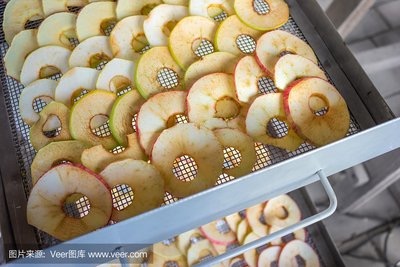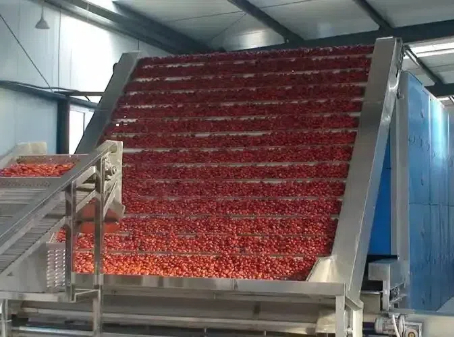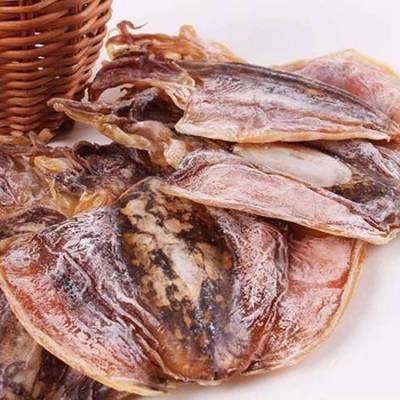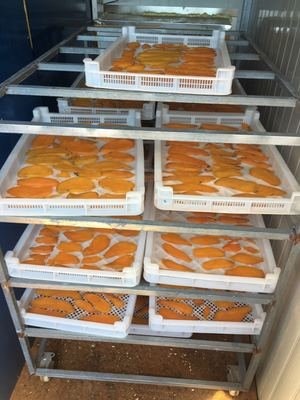
Content Menu
● Introduction
● What is a Food Dryer?
● The Dehydration Process
● Benefits of Using a Food Dryer
● Types of Food Dryers
>> Electric Food Dehydrators
>> Solar Food Dryers
>> Microwave Food Drying
● Choosing the Right Food Dryer
● Tips for Successful Food Drying
● Recipes for Dehydrated Foods
● Conclusion
● Frequently Asked Questions
>> 1. What foods can be dried using a food dehydrator?
>> 2. How long does it take to dehydrate food?
>> 3. Can I use a regular oven to dehydrate food?
>> 4. What is the best way to store dehydrated foods?
>> 5. Are dehydrated foods healthy?
Introduction
Food drying is an ancient preservation method that has gained renewed popularity in recent years. With the rise of health-conscious consumers and the desire for sustainable food practices, food dryers have become essential kitchen appliances. This article explores the world of food dryers, detailing their benefits, types, and how to effectively use them for home food preservation.

What is a Food Dryer?
A food dryer, or dehydrator, is a device that removes moisture from food to inhibit the growth of bacteria, yeast, and mold. By lowering the water content, food can be preserved for extended periods without refrigeration. There are various types of food dryers available, including electric dehydrators, solar dehydrators, and even microwave drying methods.
The Dehydration Process
The dehydration process involves applying heat to food, which causes moisture to evaporate. This process can be achieved through different methods, but the goal remains the same: to reduce the moisture content to around 20% or less. The science behind dehydration is simple; as moisture is removed, the food becomes lighter and more concentrated in flavor, making it an excellent option for snacks and meal prep.
Benefits of Using a Food Dryer
Using a food dryer offers numerous benefits:
1. Nutritional Value: Dehydrated foods retain most of their nutrients, making them a healthy snack option.
2. Cost-Effectiveness: Buying fresh produce in bulk and dehydrating it can save money in the long run.
3. Convenience: Dehydrated foods are lightweight and easy to store, making them perfect for camping, hiking, or emergency preparedness.
4. Long Shelf Life: Properly dehydrated foods can last for months or even years when stored correctly.

Types of Food Dryers
Electric Food Dehydrators
These are the most common type, featuring multiple trays and adjustable temperature settings. They are efficient and user-friendly, making them ideal for beginners.
Solar Food Dryers
Utilizing the sun's energy, these dryers are eco-friendly and cost-effective. They are best suited for regions with ample sunlight.
Microwave Food Drying
This method is quick and can be effective for small batches, but it may not yield the same quality as traditional dehydrators.
Choosing the Right Food Dryer
When selecting a food dryer, consider the following factors:
1. Capacity: Choose a model that fits your drying needs, whether for small batches or larger quantities.
2. Temperature Control: Adjustable settings allow for precise drying, which is crucial for different types of food.
3. Energy Efficiency: Look for models that consume less power, especially if you plan to use them frequently.
Tips for Successful Food Drying
To achieve the best results when using a food dryer, follow these tips:
1. Preparation: Wash and slice food evenly to ensure uniform drying.
2. Drying Times: Refer to guidelines for specific foods, as drying times can vary significantly.
3. Storage: Once dried, store food in airtight containers to prevent moisture reabsorption.
Recipes for Dehydrated Foods
Here are a few simple recipes to get you started:
1. Fruit Leather: Puree fruits, spread them on a tray, and dehydrate until pliable.
2. Jerky: Marinate thinly sliced meat and dehydrate for a protein-packed snack.
3. Vegetable Chips: Slice vegetables thinly, season, and dehydrate until crispy.
Conclusion
Food dryers are versatile tools that can enhance your kitchen and promote healthier eating habits. By understanding the dehydration process and utilizing the right techniques, you can enjoy a variety of delicious and nutritious snacks. Whether you're preserving seasonal fruits or making homemade jerky, a food dryer is an investment that pays off in flavor and convenience.

Frequently Asked Questions
1. What foods can be dried using a food dehydrator?
A variety of fruits, vegetables, herbs, and meats can be dried.
2. How long does it take to dehydrate food?
Drying times vary based on the type of food and the dehydrator used, typically ranging from a few hours to over 12 hours.
3. Can I use a regular oven to dehydrate food?
Yes, but it may not be as efficient as a dedicated food dehydrator.
4. What is the best way to store dehydrated foods?
Store in airtight containers in a cool, dark place to maximize shelf life.
5. Are dehydrated foods healthy?
Yes, they retain most of their nutrients and are a great way to enjoy healthy snacks.












